Google APIs: Powering Innovation Across the Web
In a world driven by data, seamless integrations, and intelligent services, Google APIs have become a go-to solution for developers. Whether you’re building a mobile app, a web tool, or an enterprise platform, Google’s APIs offer a reliable way to tap into the power of services like Maps, YouTube, Gmail, and Google Cloud.
What Are Google APIs?
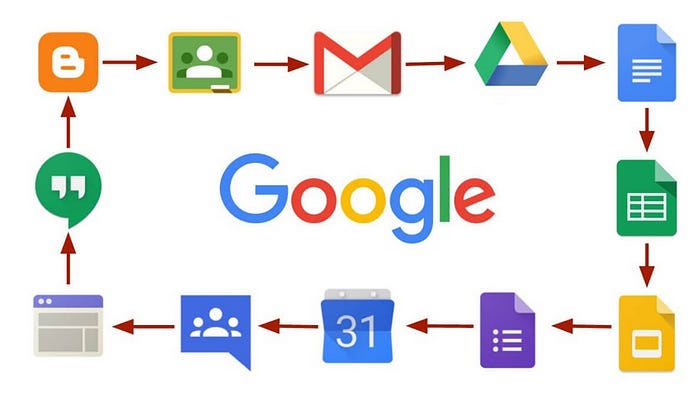
Google APIs are tools and services offered by Google that allow developers to interact with Google’s platforms and use their functionalities within their own applications. These APIs cover everything from location tracking to machine learning and cloud services.
Popular Google APIs include:
- Maps API — Embed maps and location features.
- YouTube API — Manage videos and channels.
- Drive API — Access and manage Google Drive files.
- Translate API — Translate text between languages.
- Cloud Vision API — Analyze image content.
- Firebase APIs — Power real-time apps with backend services.
Why Use Google APIs?
- Access Rich Data: Leverage real-time and historical data from Google.
- Build Smarter Apps: Integrate AI, translation, and location features effortlessly.
- Cross-Platform Support: Use on web, mobile, and desktop.
- Scalable & Reliable: Backed by Google’s infrastructure.
- Free Tiers Available: Many APIs offer generous free quotas for developers.
Common Categories of Google APIs
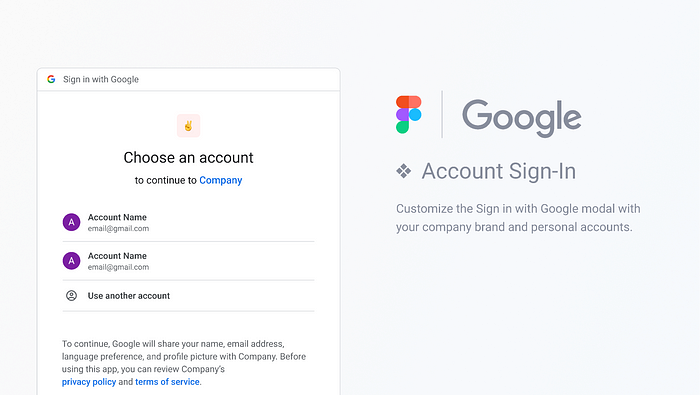
Maps & Location
- Maps JavaScript API
- Geocoding & Places API
- Distance Matrix API
Media & YouTube
- YouTube Data API
- YouTube Analytics API
Productivity & Communication
- Gmail API
- Google Calendar API
- Drive, Docs & Sheets APIs
Machine Learning
- Vision API — Detect objects, faces, text.
- Natural Language API — Understand text meaning.
- Translation API — Instant language translation.
- Speech APIs — Convert between speech and text.
Firebase APIs
- Authentication, Firestore, Realtime Database, Cloud Messaging, and more.
How to Use a Google API
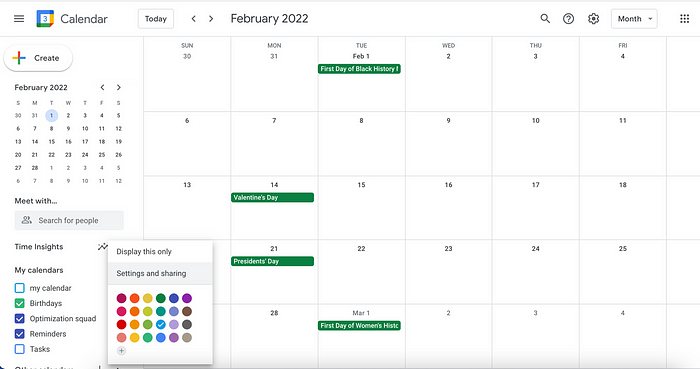
- Create a Project in Google Cloud Console.
- Enable the API you want (e.g., Maps, YouTube, etc.).
- Generate Credentials (API key, OAuth client ID, or Service Account).
- Install a Client Library or use direct REST calls.
- Start Building your application using the API.
Discover the Full Guide Now
Authentication Methods
- API Key: For simple apps that don’t access personal user data.
- OAuth 2.0: Needed for accessing user-specific services like Gmail or Drive.
- Service Account: For server-to-server interactions.
Real-World Use Cases
- Ride-Sharing: Maps + Distance Matrix APIs.
- E-commerce: Vision API for image recognition, Sheets API for inventory.
- Education Apps: Drive & Classroom APIs for file management.
- AI Chatbots: Natural Language + Speech APIs.
Costs & Quotas
Most Google APIs have free monthly usage quotas. Examples:
- Maps API: 28,000 free map loads/month.
- Vision API: 1,000 units/month free.
- Translate API: 500K characters/month free.
Monitor usage in your Google Cloud Console and set billing alerts to avoid surprises.
Best Practices
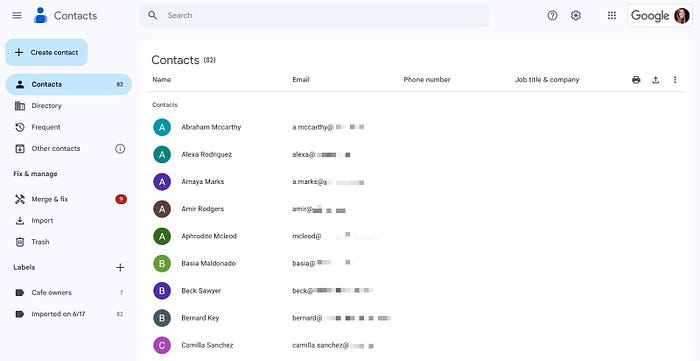
- Secure your API keys — don’t expose them in public code.
- Use caching to reduce repeated API calls.
- Read the official documentation thoroughly.
- Handle errors and rate limits gracefully in your app.
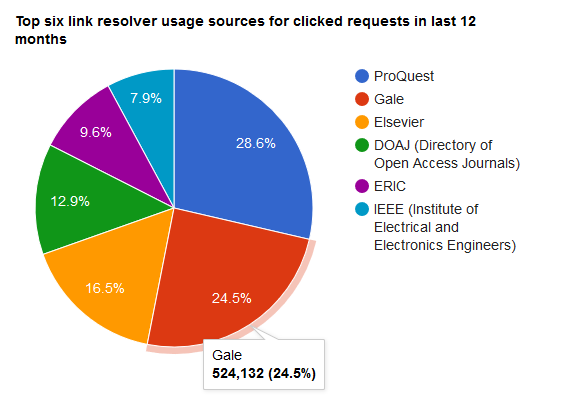
Google APIs are powerful tools that help developers build feature-rich, scalable, and intelligent applications. Whether you’re building for web, mobile, or enterprise, there’s likely a Google API that can speed up development and improve user experience.
So if you’re planning to add maps, manage content, automate workflows, or introduce AI to your app — Google APIs have got you covered.
Helpful Links:
- Google API Librar
- Google API Doc
- API Pricing

Comments
Post a Comment